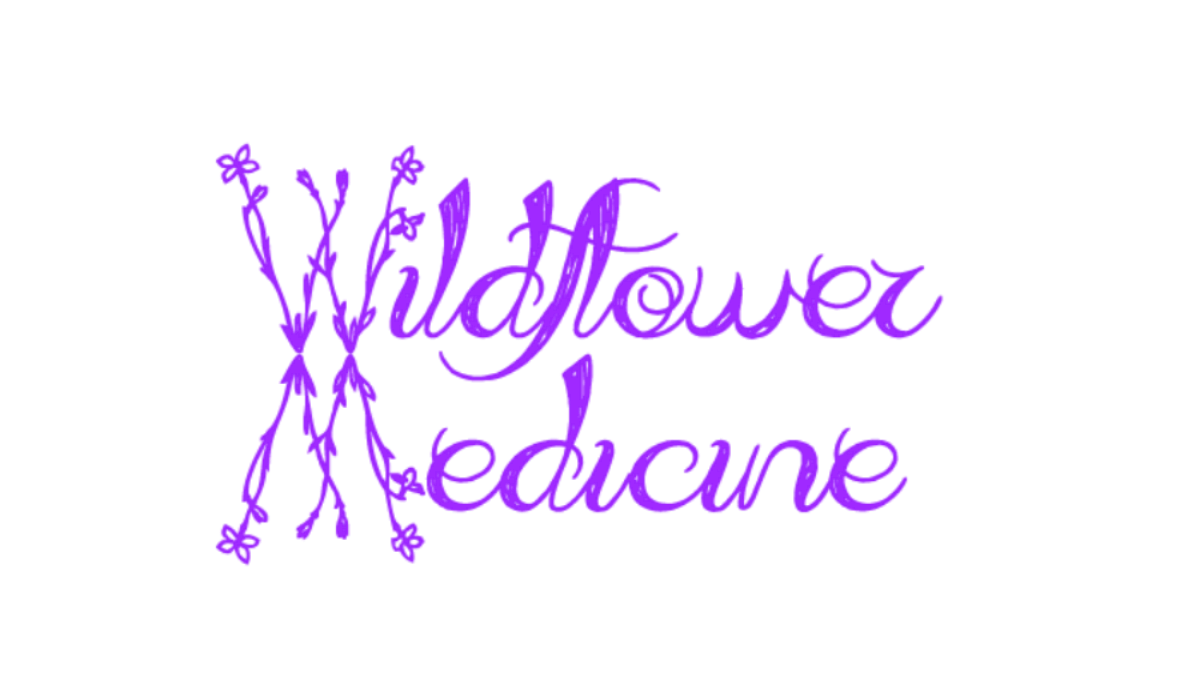If you know me, then you probably already know that I could blab about farmers markets all damn day. That’s just who I am. But now and then, a girl’s gotta get her produce from the grocery store, and I’m all about making that a positive experience as well. So today I’m sharing a quick tip about how to identify organic foods vs conventional foods in one second via their PLU.
What’s a PLU you ask? Thanks for inquiring! :) PLU stands for “price look-up code.” This is the four or five digit number on the semi-annoying tiny little sticker on your apple. The purpose of these codes is simply to act as a tool for grocery retailers to keep their shit organized. Selling, pricing, inventory… it’s for the store, not the customer.
Typically stores will post signs indicating which produce is organic, but sometimes their signs suck, they’re disorganized, or I’m attempting to bring my infant to the grocery store with me for the first time and I’m so busy cooing at him that I can barely focus enough to find a sign so I need an instant shortcut option.
Here’s a nifty little trick that works universally across the 50 states (and in some cases beyond)!
Produce that is CERTIFIED ORGANIC always has a PLU code that starts with a 9 and is FIVE digits long.
Examples: 95022, 98330, 94321
Everything else aka produce that is CONVENTIONALLY GROWN has a PLU code that does NOT start with a 9 and is FOUR digits long.
Examples: 4121, 6758, 8928
This matters because conventionally grown produce is often grown with pesticides and chemicals that can leach into your food (eww). It’s possible that a food with a four digit code is grown organically, just not certified organic, but I hate to say this isn’t very likely (at least not at a grocery store— you know me, obsessed with farmers markets where people give a damn and you can just ask the farmer!). Generally speaking, it’s about the money, honey, and spraying chemicals cuts corners and therefore makes money.
Once upon a time you could also tell from a PLU if a piece of produce was specifically GMO because the four digit code would start with an 8 (like 8540), but my recent research shows that this practice is no longer standard due to shady GMO manufacturers not being required to disclose that information. So you can keep an eye out for that crazy 8, but it’s not a sure fire.
So we know to LOOK FOR THE 9. And we know that any four digit code means conventionally grown.
But what if all that’s available is conventional? What if the organic option isn’t in today’s budget?
Enter the EWG’s (Environmental Working Group) Dirty Dozen and Clean Fifteen lists!
These are two important lists that the EWG updates every year to educate the public about chemicals in conventional foods.
The dirty dozen are the twelve produce foods that contain the highest amounts of pesticide residue. These are typically foods with a super delicate, thin skin (think strawberries) that can easily be penetrated, and/or foods that for various reasons “require” heavy use of pesticides/chemicals for mass production.
The clean fifteen is our gold star list of produce that contain the lowest amounts of chemical residue. These foods often have a thicker, more protective skin (like avocado or pineapple) and/or they don’t “require” as many pesticides to be grown.
This is useful info because eating your fruits and vegetables is important! And if conventionally grown food is the only option at present, we can at least aim to include produce from the clean fifteen list and avoid the dirty dozen to limit our exposure to unwanted chemicals. If organic is an option but you’re on a tight budget, consider buying conventionally grown from the clean fifteen and when it comes to that dirty dozen, choose organic.
Without further ado, here are the newly released 2021 lists!
Dirty Dozen (listed in descending order)
Strawberries
Spinach
Kale, collard and mustard greens
Nectarines
Apples
Grapes
Cherries
Peaches
Pears
Bell and hot peppers
Celery
Tomatoes
Clean Fifteen (listed in descending order)
Avocados
Sweet corn
Pineapple
Onions
Papaya
Sweet peas
Eggplant
Asparagus
Broccoli
Cabbage
Kiwi
Cauliflower
Mushrooms
Honeydew
Cantaloupe
For more info, check out the EWG’s website. Since the lists can change each year, if you’re reading this in 2022 or beyond (hey friend from the future!), you should be able to find the most up to date info at the following pages:
https://www.ewg.org/foodnews/dirty-dozen.php
https://www.ewg.org/foodnews/clean-fifteen.php

